
SIGN UP TO RECEIVE
15% OFF
IN YOUR NEXT TOUR
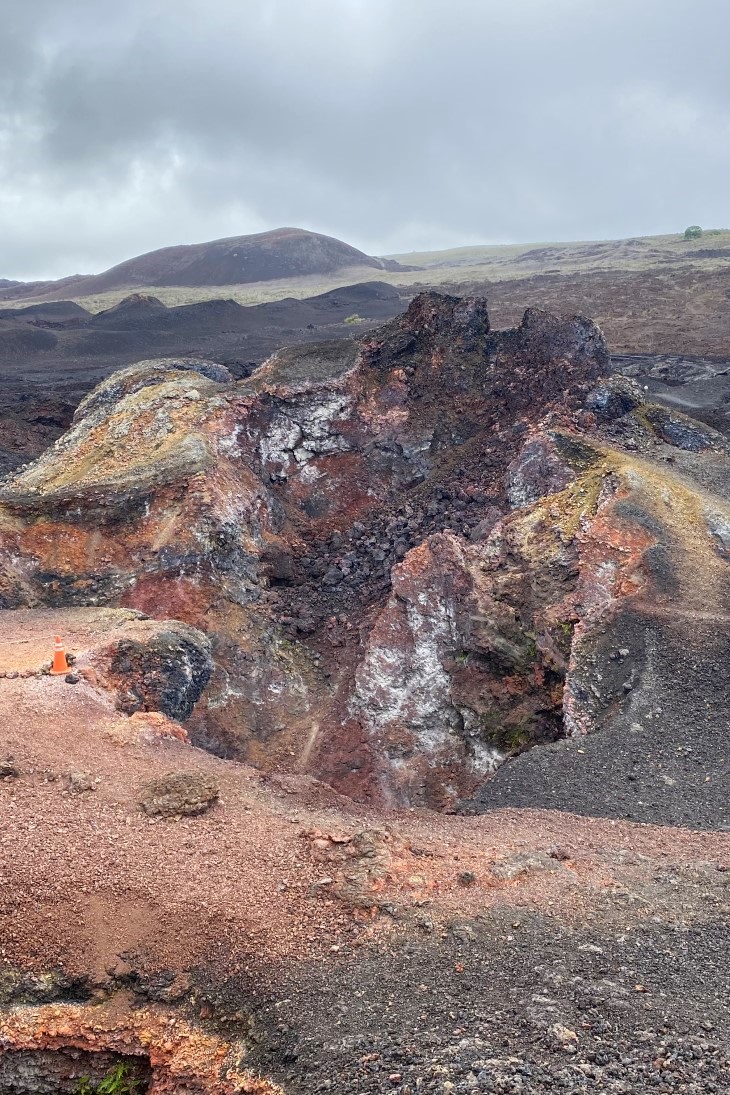
Life in a Wasteland: A Comparison of Two Volcanic Environments in the Galapagos
SCROLL DOWN TO READ
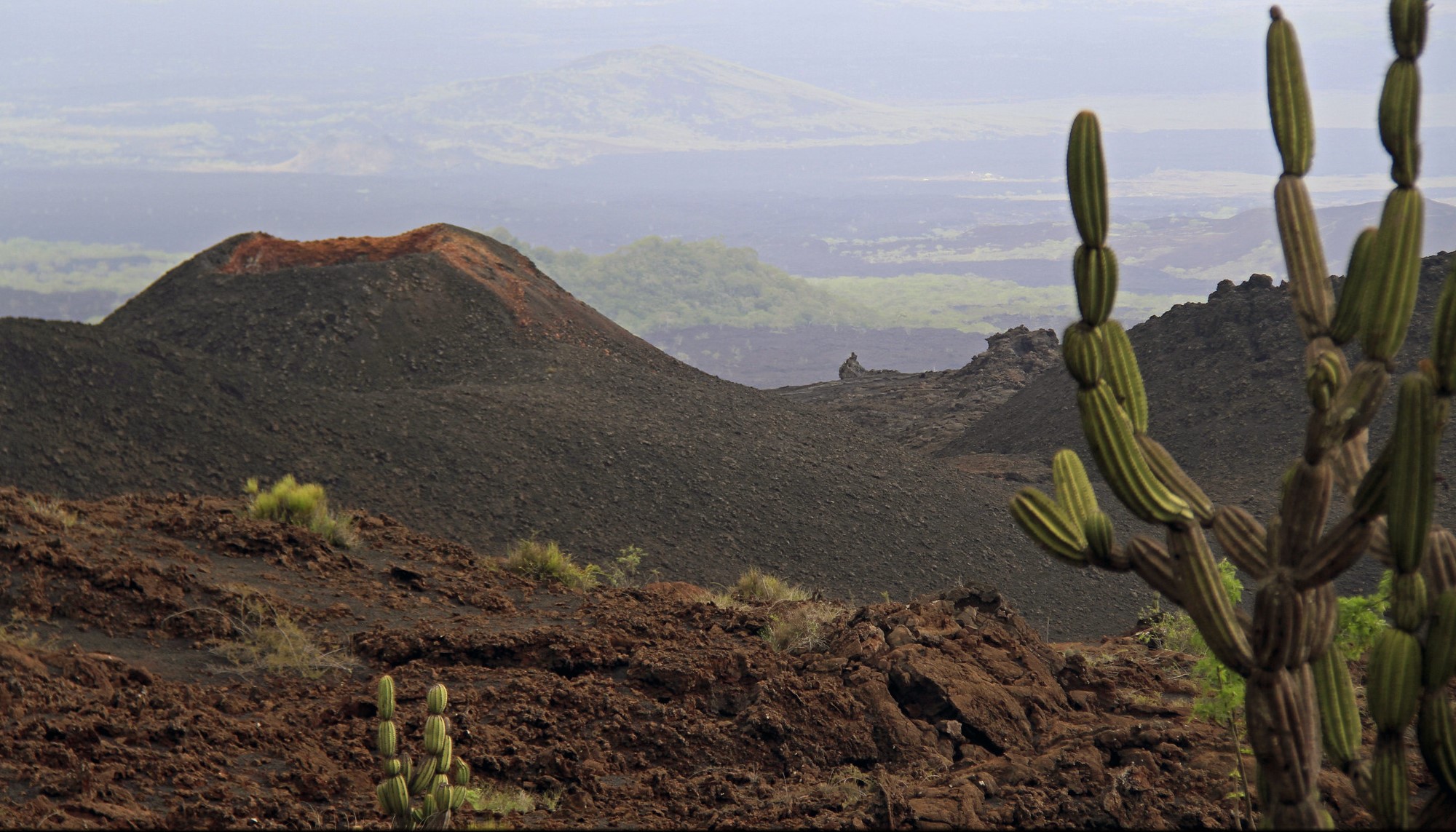
Life in a Wasteland: A Comparison of Two Volcanic Environments in the Galapagos
SCROLL DOWN TO READ
Life in a Wasteland: A Comparison of Two Volcanic Environments in the Galapagos
The Galapagos Islands were formed, and continue to be formed today, by volcanoes. This means that the soil of the Galapagos is composed of volcanic rock, also called igneous rock. This composition has led to many successful farms on inhabited islands like Santa Cruz, Isabela, and Floreana. But what about the igneous rock that has not been pummeled, irrigated, and fertilized into workable soil? Surprisingly, there is still life to be found in these seemingly barren lava fields on the islands.
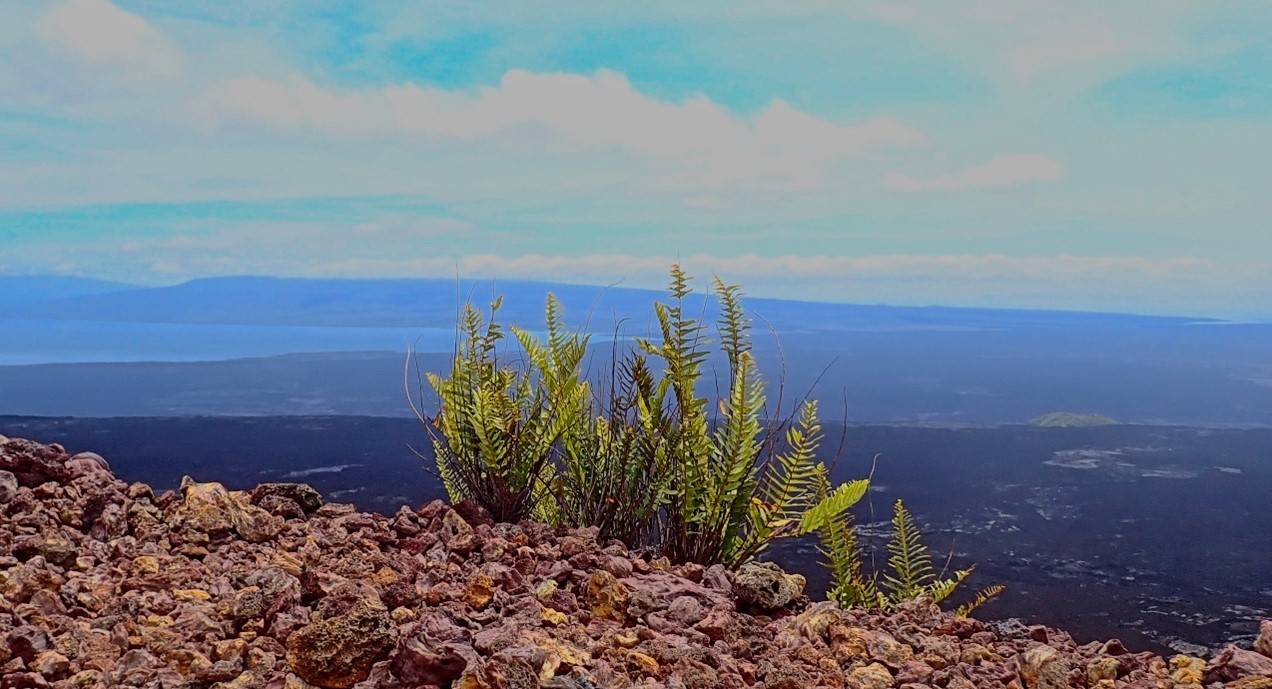
The Galapagos Islands are formed by a hotspot in the Earth's crust. Think of this as a weak spot in the rock layer. Just like in a piece of metal, weak spots are the first to break when put under stress. Molten rock, known as magma, is forced by heat and pressure out of these holes in the crust and onto the surface, where it becomes lava. Eruptions occur, and over many years, solidified rock builds up until the pile breaches the ocean’s surface. The newly formed islands range from powdery ash, created when hot molten rock comes into contact with cold ocean water, to solid pieces of stone formed when the lava cools more slowly in the air. The conditions under which this rock forms, and how long it has been exposed to the elements once solidified, create a range of colors from reds to greens to greys and blacks.
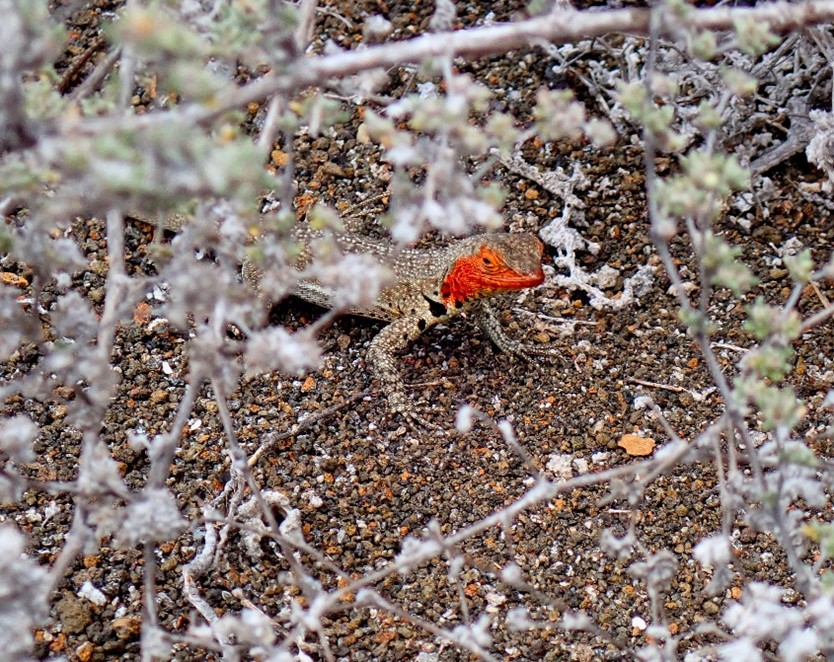
This sliding scale of geology can be seen on islands like Bartolomé, which, despite resembling a planet from the Star Wars movies, still hosts a variety of plants such as Tequilia (Tequilia galapagoa), Galapagos Petunias (Exodeconus miersii), the iconic Galapagos lava cactus (Brachycereus nesioticus), and, as of May 2024, a Galapagos Tomato plant (Solanum galapagense). All of these plants have evolved to maximize water intake and minimize water loss in order to survive. Unlike other islands, Bartolomé lacks the elevation that allows for longer-lasting dew and morning mist clouds (whose prevalence earned the islands their “Enchanted” title). Therefore, plants here must make the most of whatever little moisture they receive.
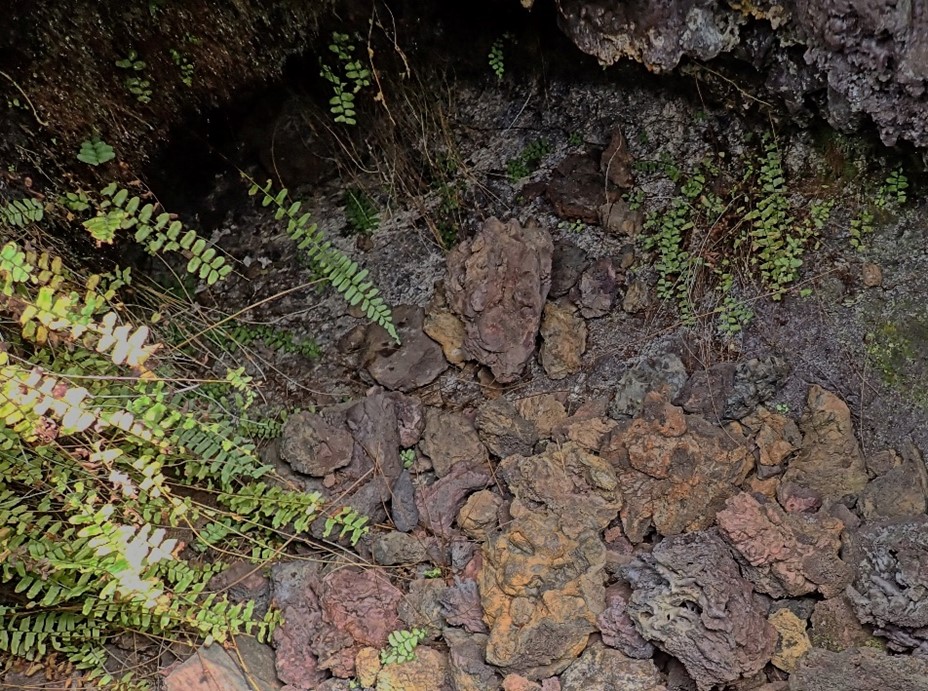
Tequilia has developed small spines on its leaves to retain moisture, giving it a grayish rather than green appearance. Cacti, famously, have spines instead of typical leaves and are well adapted to conserving water. Flowering plants, both on Bartolomé and throughout the islands, tend to produce small yellow or white flowers, conserving resources in a demanding environment and suiting the small insects that serve as their primary pollinators. As with many coastal plants in the Galapagos, the petunias on Bartolomé often have small salt crystals on their leaves, formed by the plant’s salt-excretion system to maintain a balanced internal salt level amid the surrounding saltwater.
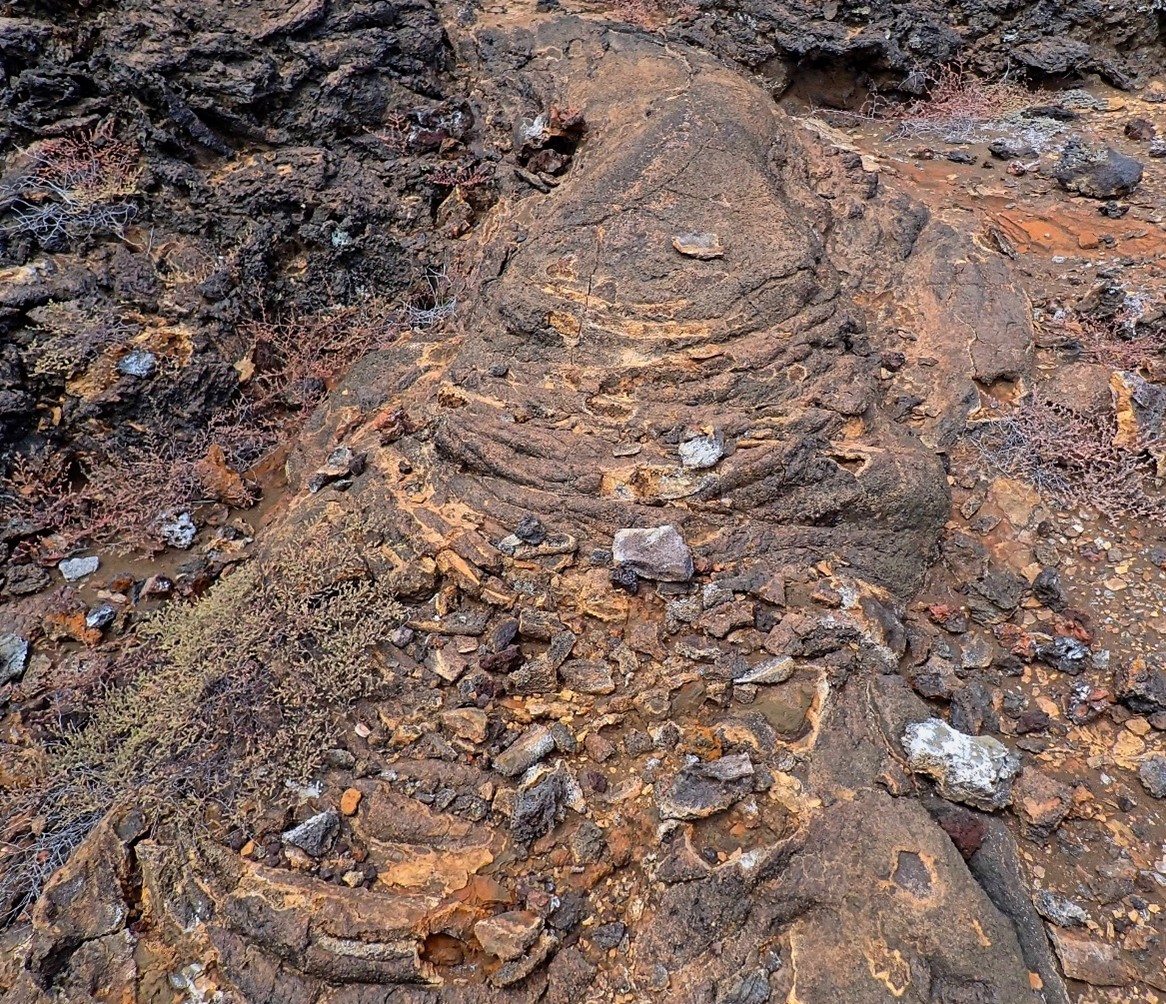
The terrain of Sierra Negra volcano is quite the opposite of Bartolomé. Located on Isabela Island, Sierra Negra is still active, having erupted as recently as 2018₂, continually replenishing the rocks that the elements erode away. Bartolomé, lacking this active volcanic activity, has a lava rock surface that appears much more visibly weathered. The shield volcano that formed the cinder cone known as Bartolomé has been inactive for many years. Bartolomé reaches an altitude of just 114 meters (about 370 feet) above sea level₃, while Sierra Negra’s summit reaches 1,124 meters (around 3,700 feet)₂. This altitude difference means that more water is available to plants on Sierra Negra's lava field, allowing them to grow slightly larger as they have more resources to produce the vital glucose that fuels their survival.
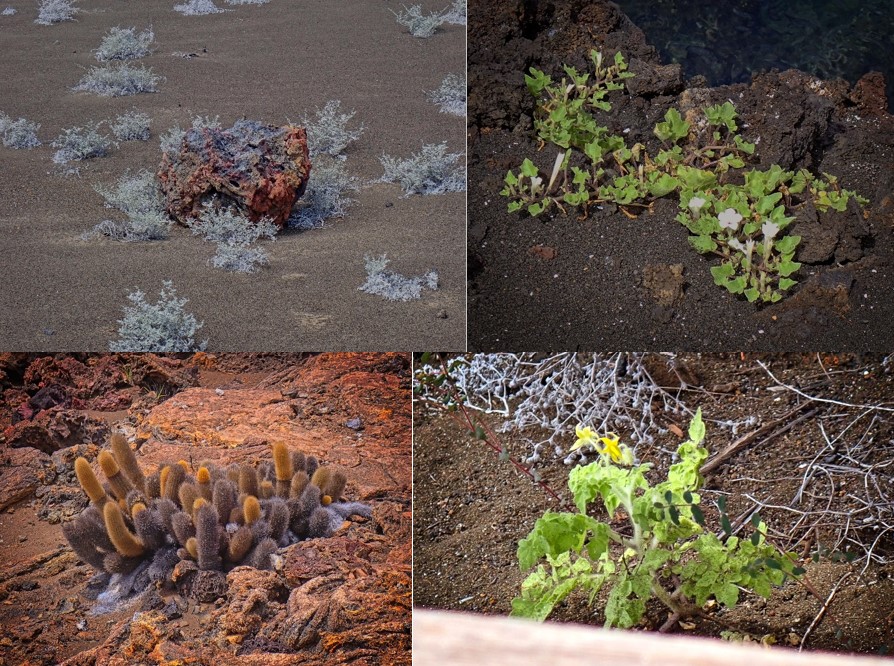
When traversing the terrain toward a famous viewpoint called Volcán Chico, you may notice a change in the landscape as you move from the highland caldera rim to the lava fields. Initially, life seems to dwindle, but you’ll soon encounter large Candelabra Cacti (Jasminocereus thouarsii) and massive ferns. As you continue across the glass-like rocks, you’ll find ancient-looking ferns growing in fumaroles—vents that release heat and volcanic gases.

Plants on Isabela are noticeably larger than those on Bartolomé. The Candelabra Cactus, absent on tiny Bartolomé, thrives on Sierra Negra. Bushes of ferns and other substantial plant structures, also not seen on Bartolomé, flourish on Isabela. The ferns must grow where moisture is abundant, as their reproductive cycle requires water droplets on reproductive structures to facilitate fertilization. Distinctive lava flows from recent eruptions are visible from lookout points, with newer, metallic hues evident in the sharp, crystalline ‘A‘ā lava—vastly different from the much older rock of Bartolomé’s cinder cone.
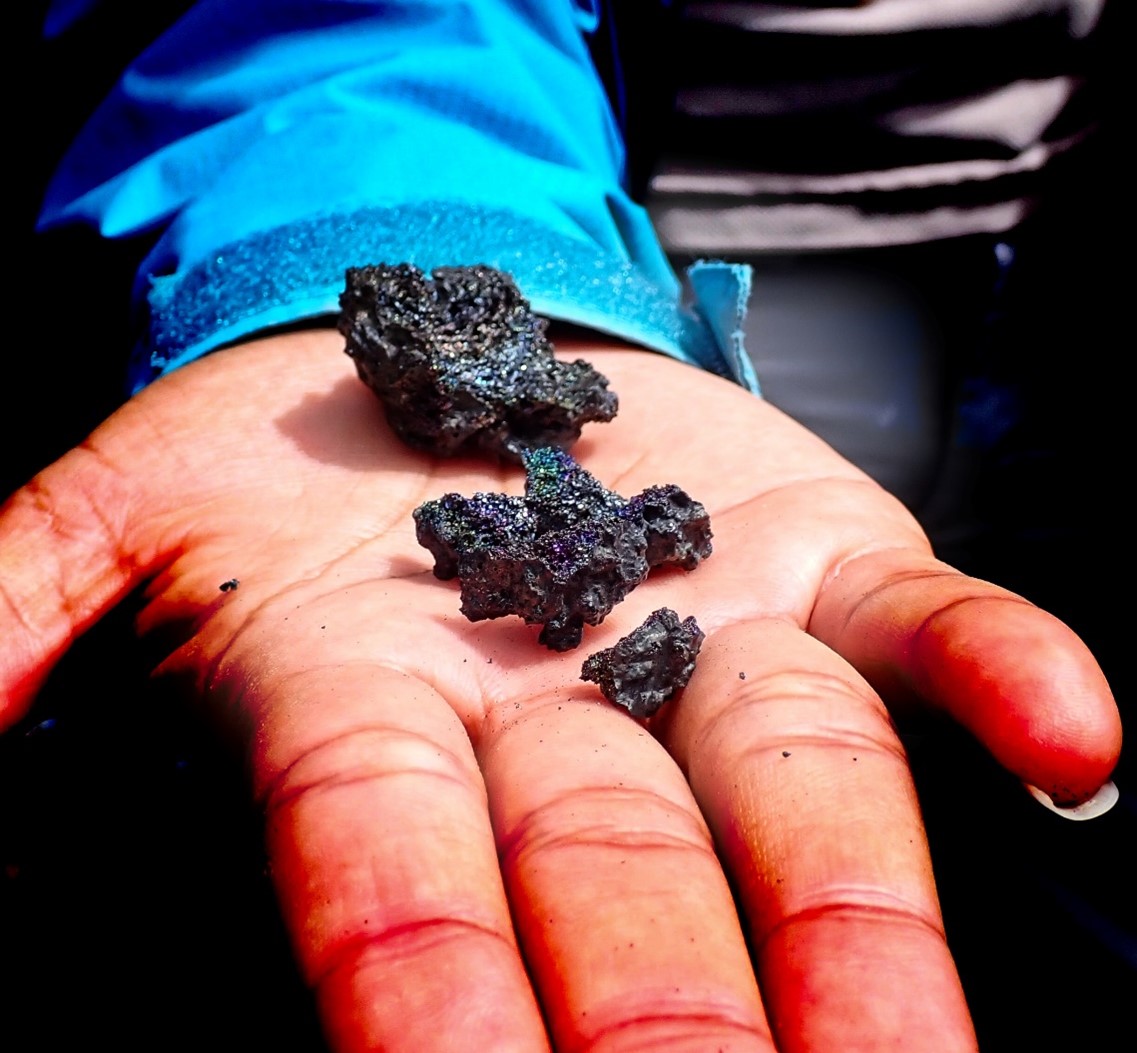
Above all, plants and pollinators have adapted to survive in both these seemingly desolate locations. Across the islands, where volcanic soil is easily swept away by the wind and lava fields remain active, life has found numerous ways to thrive, even in places where humans must tread carefully.
Bibliography
